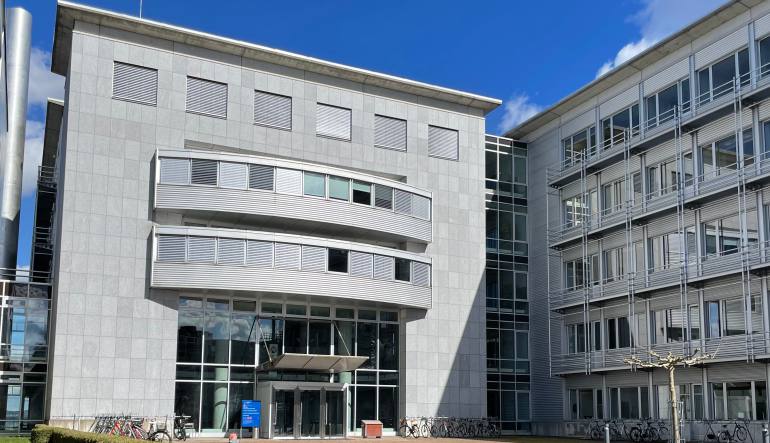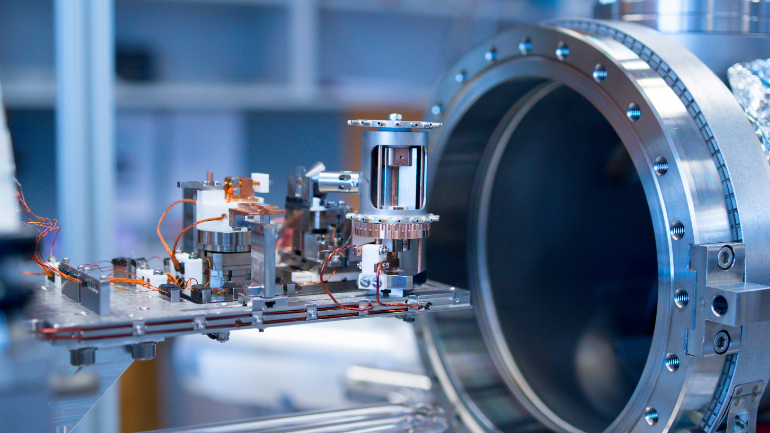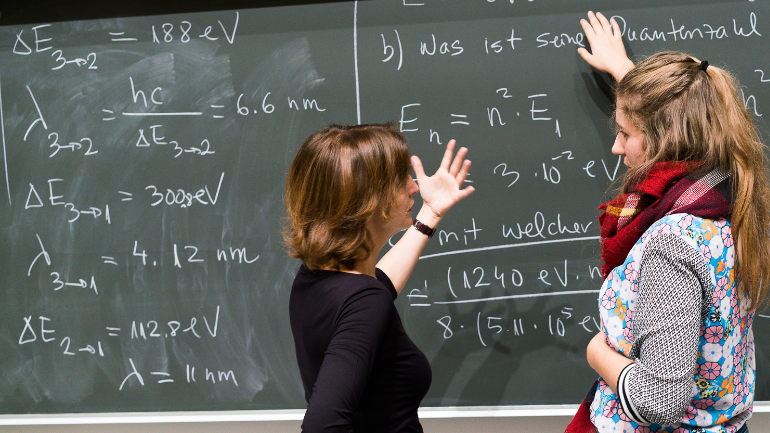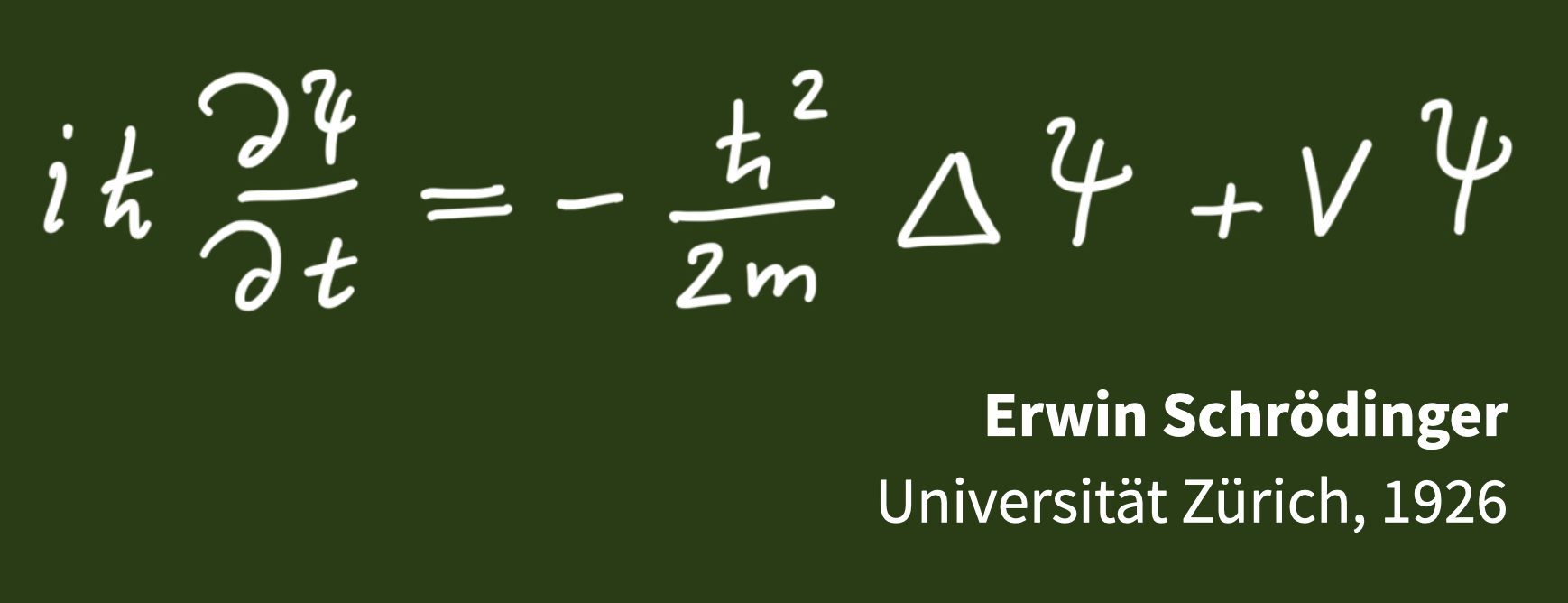Aktuelle News
Newsliste
-
BRIDGE Discovery Grant for Nicola Serra and Alessio Figalli
Funded by a BRIDGE Discovery Grant, UZH physicist Nicola Serra and ETH mathematician and Fields Medalist Alessio Figalli plan to pair optimal transport theory with AI to fortify supply-chain weak spots. See UZH News article .
-
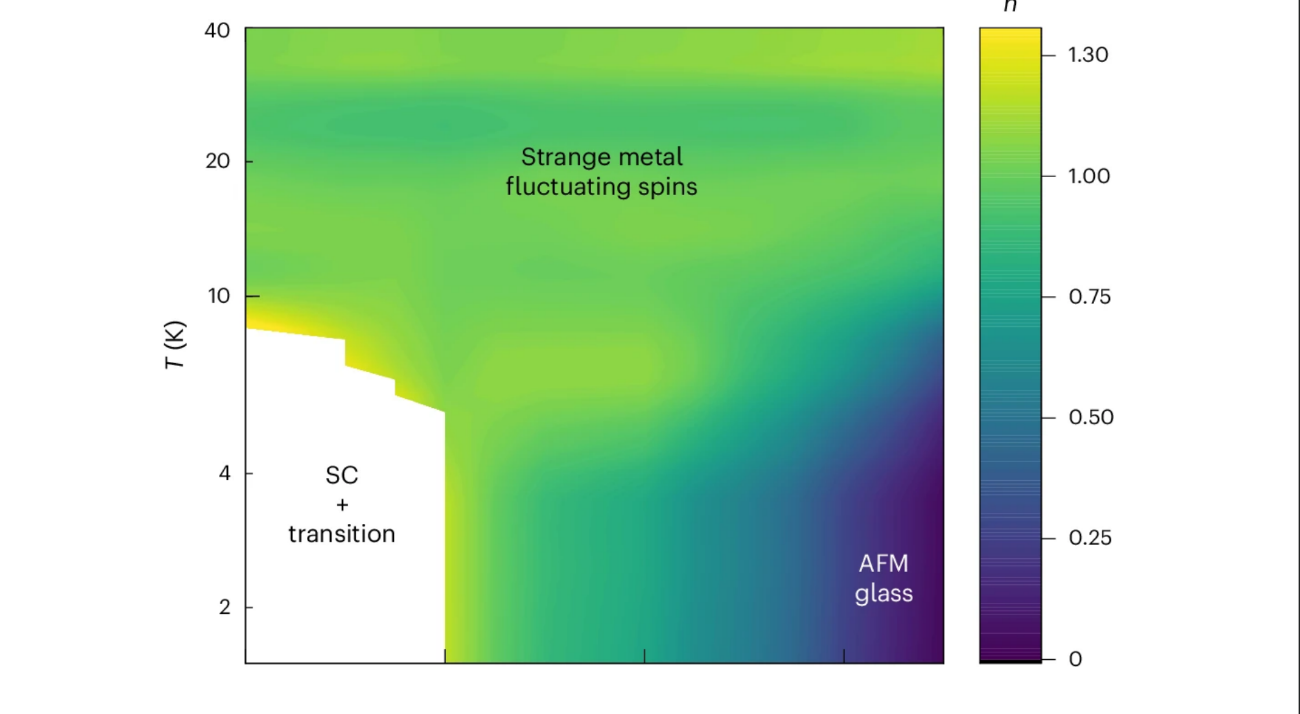
Johan Chang: New publication in Nature Physics
on the impact of low-energy spin fluctuations on the strange metal in a cuprate superconductor.
It was investigate how the strange metal phase of La2-xSrxCuO4 is impacted by a field-induced glassy antiferromagnetic state. Strange metals exhibit unusual properties such as a resistivity that scales linearly with temperature. It was found that the transport properties of the strange metal phase are closely linked to low-energy magnetic fluctuations that persist at
the lowest temperatures. -
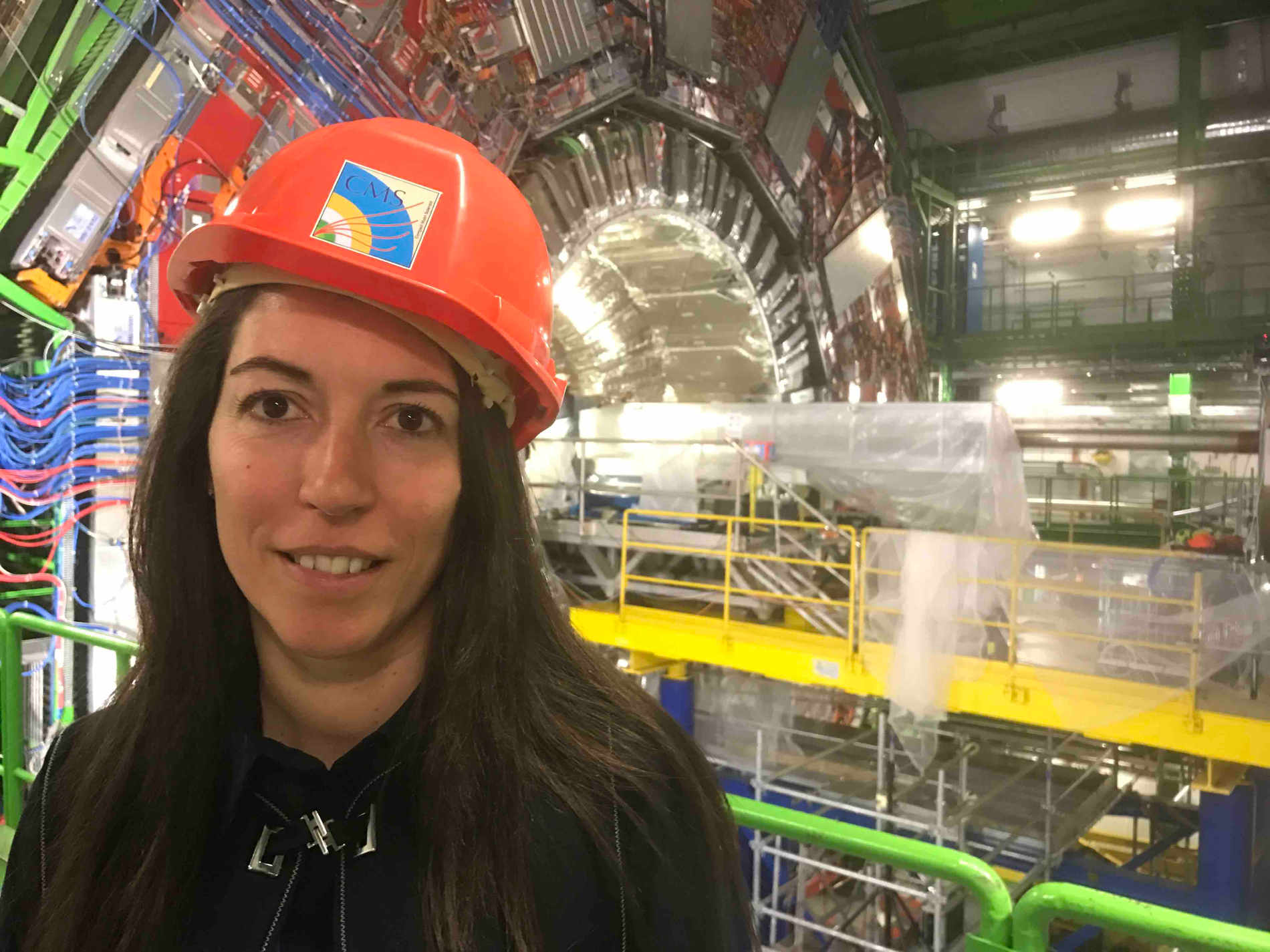
Congratulations to Florencia Canelli
UZH professor Florencia Canelli was selected to become a American Physical Society Fellow “For distinguished leadership in physics at the Large Hadron Collider at CERN and for significant contributions to the study of the top quark at the Large Hadron Collider and at the Tevatron at Fermilab. ”
-
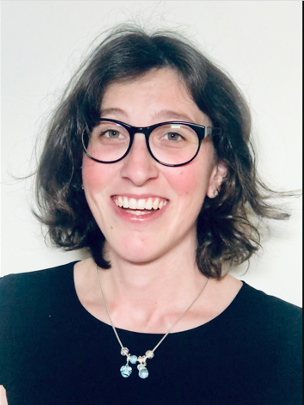
Congratulations to Chiara Savoini
for winning the CHIPP PhD prize 2025 for her work on precision measurements for top quarks.
Article on CHIPP news -
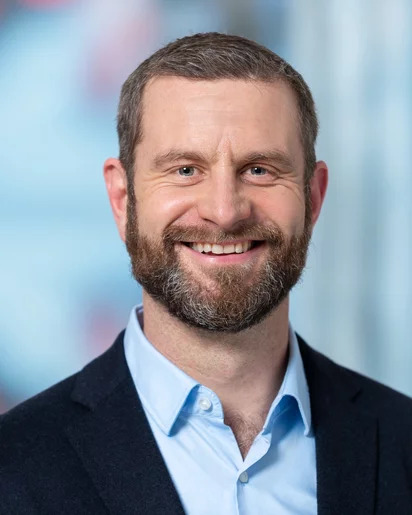
Congratulations to Marc Janoschek
Marc Janoschek, UZH professor and head of the PSI Center for Neutron and Muon Sciences, was selected to become a American Physical Society Fellow “For groundbreaking contributions to revealing and understanding quantum states of strongly correlated materials through the innovative development and application of neutron-scattering techniques.”
-

New fundamental physics at the Bedretto Lab
Björn Penning leads a new research initiative to establish a fundamental physics laboratory at ETH’s BedrettoLab. Situated up to 1.5 kilometers beneath the surface in solid granite, the BedrettoLab offers ideal conditions to study fundamental physics. In this interview, Björn shares what makes the BedrettoLab so well suited for this research and outlines the scientific questions he hopes to investigate there.
Article from Bedretto Lab -
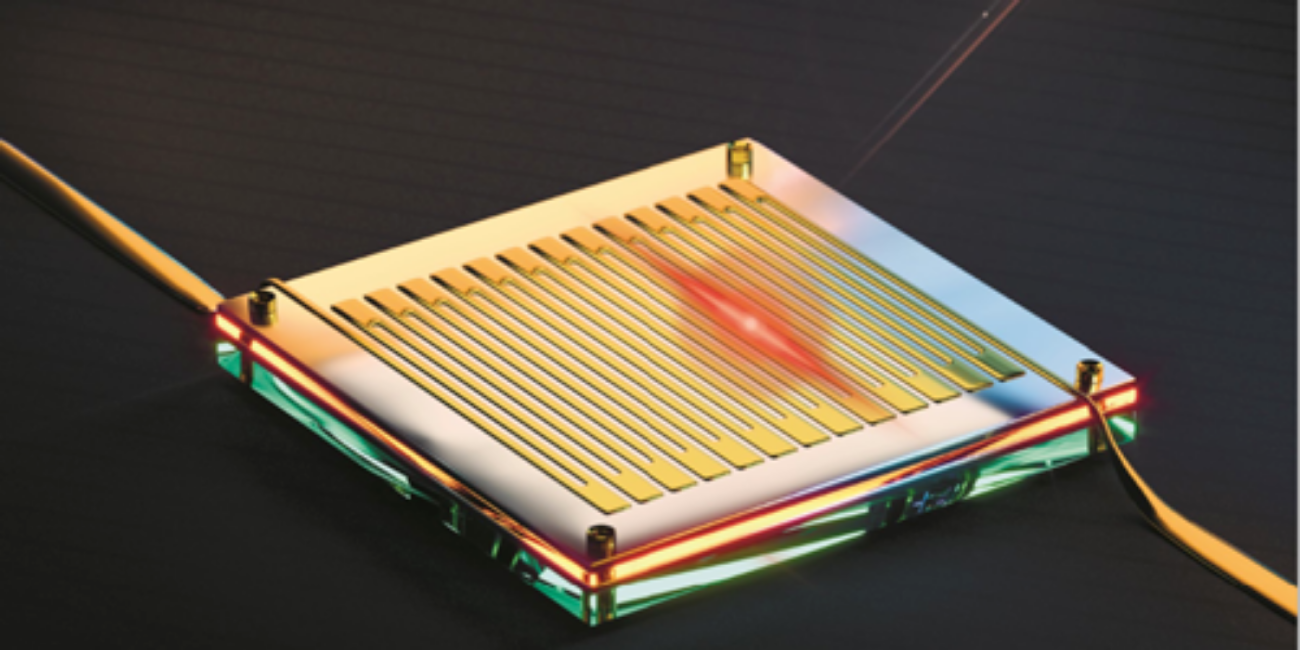
First result from Superconducting Dark Matter Detector
Superconducting sensors can detect single low-energy photons. Researchers with leading contributions from groups from our institute (Schilling, Baudis, Penning, Neupert) have used this capability in a dark matter experiment (QROCODILE) and published first results in PRL.
PRL: https://journals.aps.org/prl/highlights
Physics Magazine: https://physics.aps.org/articles/v18/s104
-

Quantum Century Ausstellung
IIn der UZH Bibliothek Naturwissenschaften, Campus Irchel
Öffnungszeiten: Montag-Freitag 9:00-17:00
Mehr -
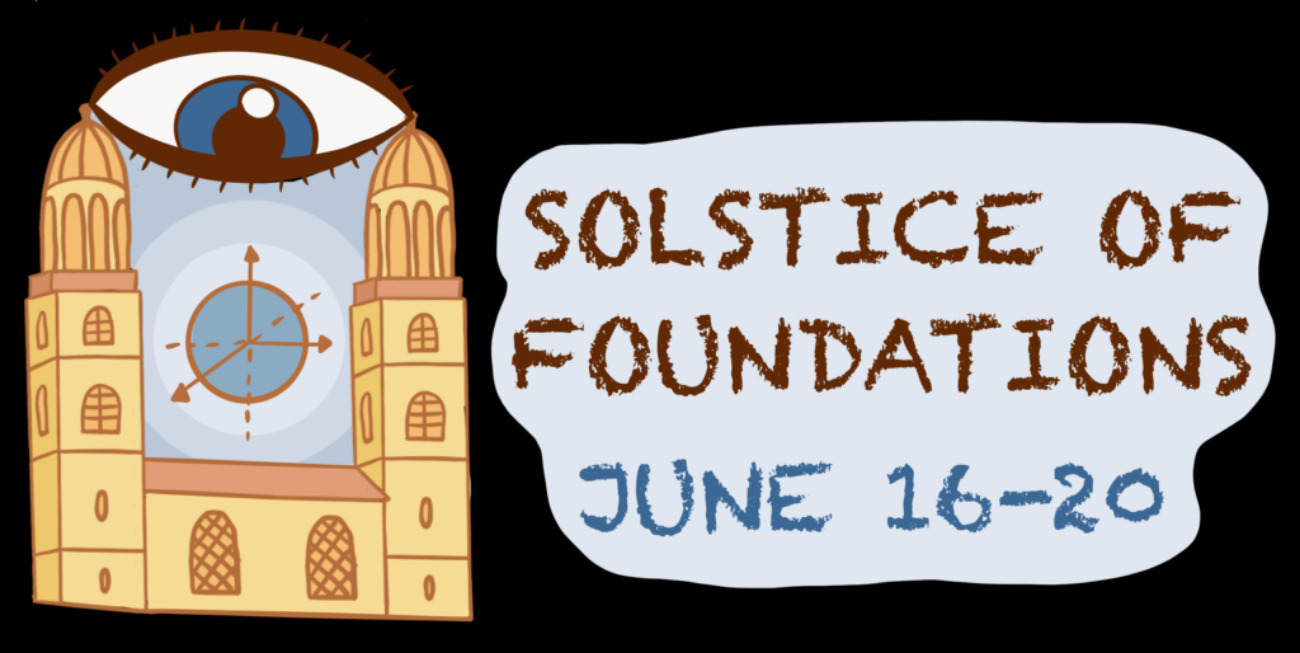
Solstice of Foundations
Summer school on Quantum Foundations, 16-20 June 2025 @ University of Zurich
https://foundations.squids.ch/ -
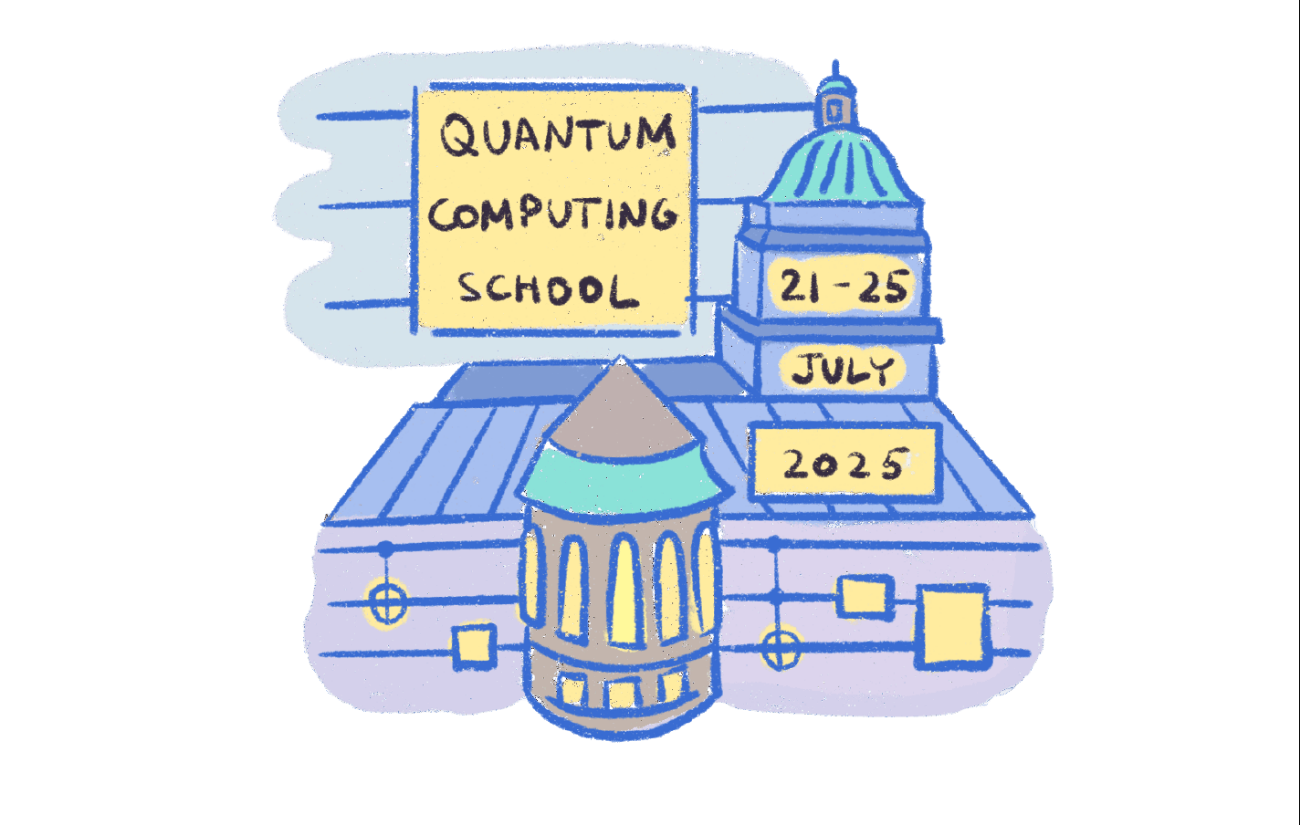
-
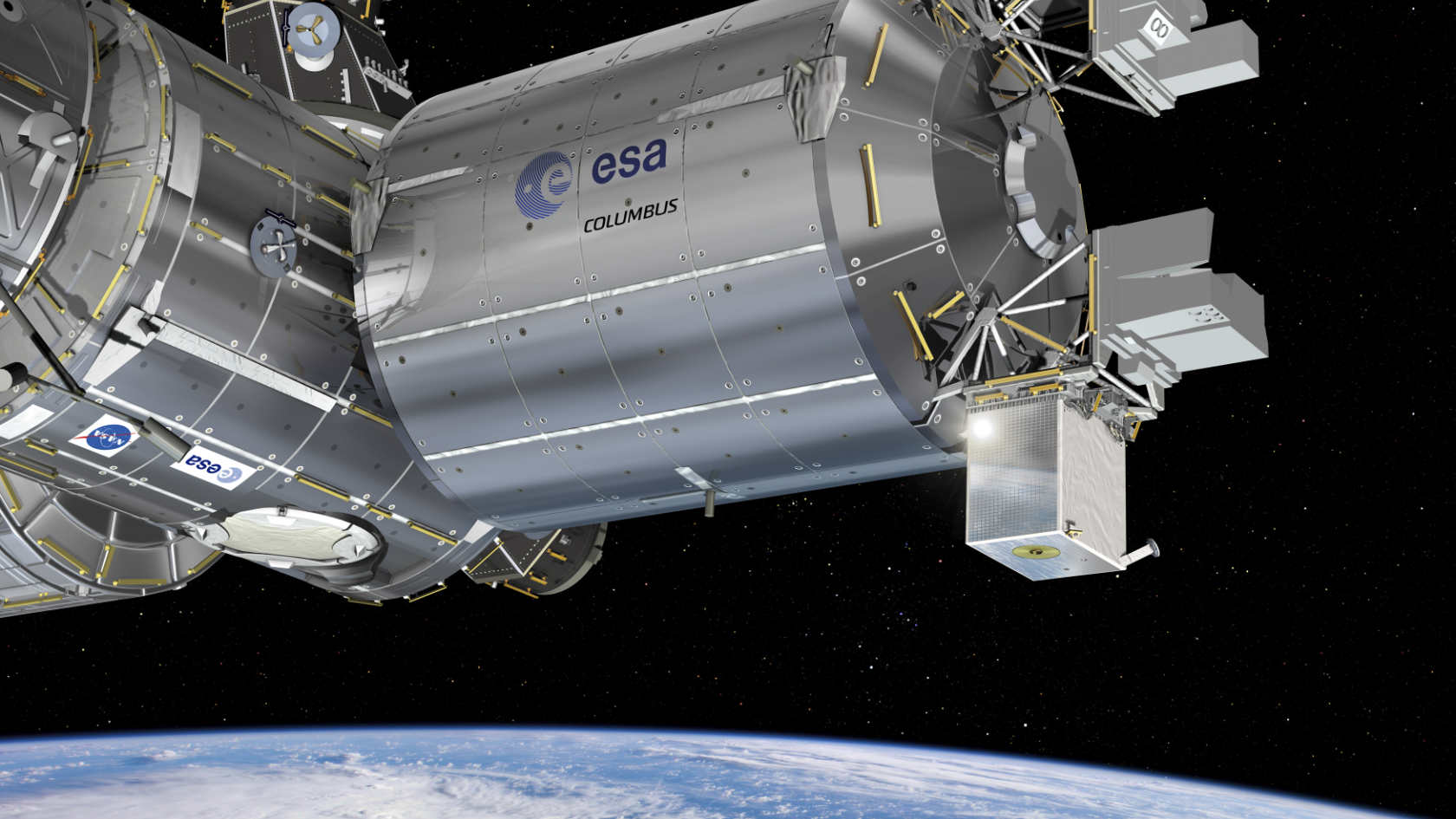
Start des ACES-Experiments der ESA
ultrapräzise Atomuhren im Weltraum werden Albert Einsteins allgemeine Relativitätstheorie testen. Bei ACES dabei ist die Gruppe von Philippe Jetzer.
-
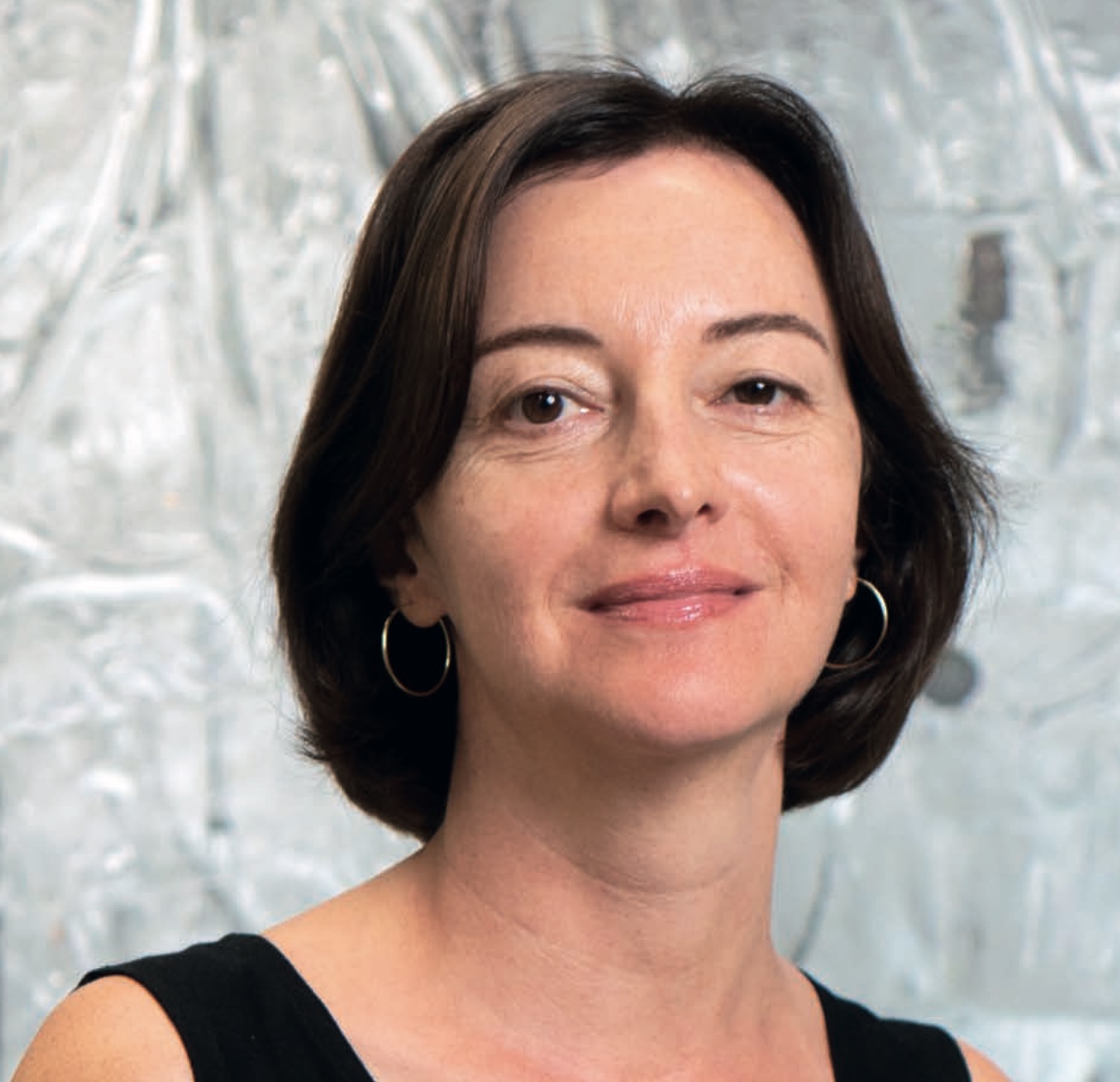
Glückwunsch an Laura Baudis, die in die U.S. National Academy of Sciences gewählt wurde
Die National Academy of Sciences wählte Laura Baudis in Anerkennung ihrer herausragenden und kontinuierlichen Leistungen in der Grundlagenforschung.
-
The LHC experiment collaborations at CERN receive Breakthrough Prize
The prize was awarded to the collaborations for their “detailed measurements of Higgs boson properties confirming the symmetry-breaking mechanism of mass generation, the discovery of new strongly interacting particles, the study of rare processes and matter-antimatter asymmetry, and the exploration of nature at the shortest distances and most extreme conditions at CERN’s Large Hadron Collider”.
-
-

Zürich und die Geburt der Quantenmechanik
Artikel über das Leben und die Forschung von Wolfgang Pauli und Gregor Wentzel in den 1920er Jahren
-

Gina Gibson: Artist-in-residence
Gina Gibson ist bildende Künstlerin und Professorin für digitale Kommunikation an der Black Hills State University (US).
Gina ist Gastprofessorin und Artist-in-Residence am Physik-Instituts. Während ihres Aufenthalts wird sie mit Forschenden zusammenarbeiten, und Kunst schaffen, die sich mit der wissenschaftlichen Gemeinschaft auseinandersetzt und die Überschneidung von Kunst und Physik erforscht.
Ihre Arbeiten sind derzeit in der Ausstellung UZHN/EARTH im Science Pavilion UZH zu sehen.
-

Welcome Professor Nigel Glover
Prof. Dr. Nigel Glover, professor for theoretical particle physics at the Durham University joins the group of Thomas Gehrmann as a guest professor.
-
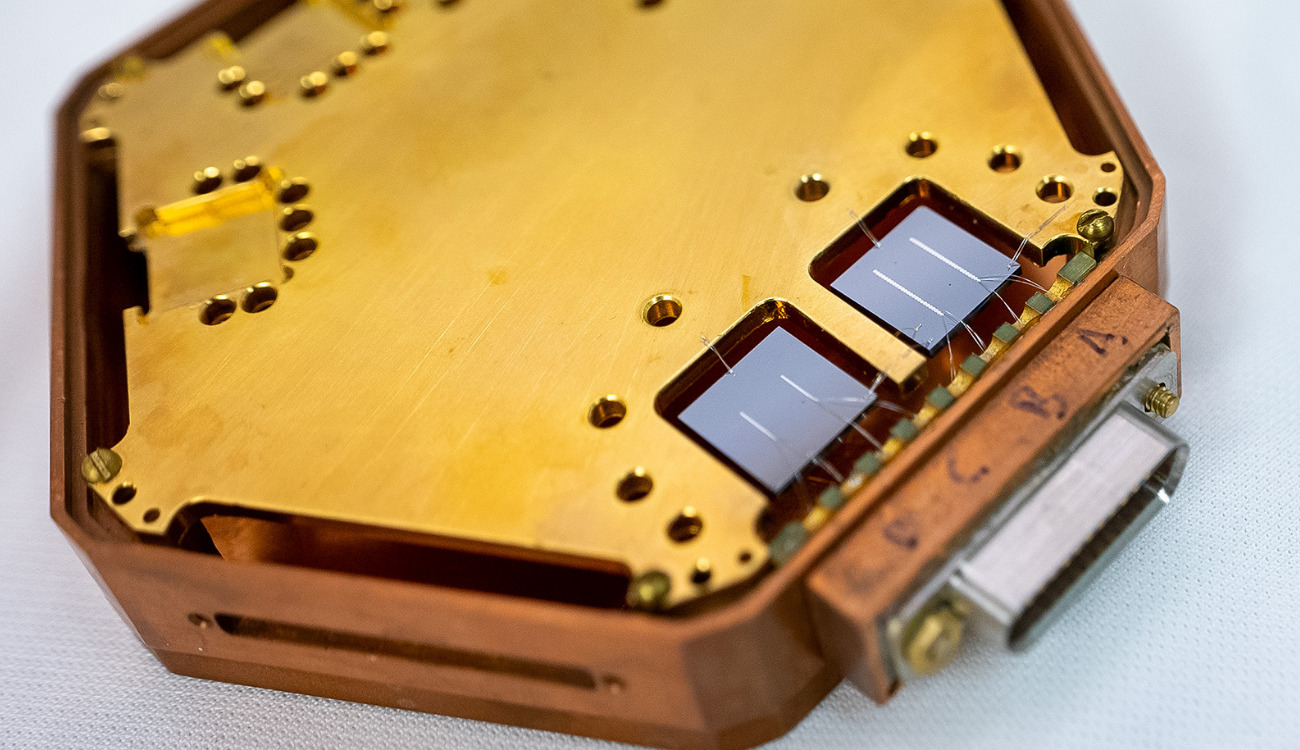
Small But Mighty: TESSERACT Joins the Hunt for Dark Matter
Using super-sensitive detectors smaller than a stamp, a new experiment is searching for dark matter at masses no other experiment has explored.
-

Guest Professor Matthias Neubert
Prof. Dr. Matthias Neubert, professor for theoretical particle physics at the Johannes Gutenberg University Mainz joins the group of Gino Isidori as a guest professor.
-
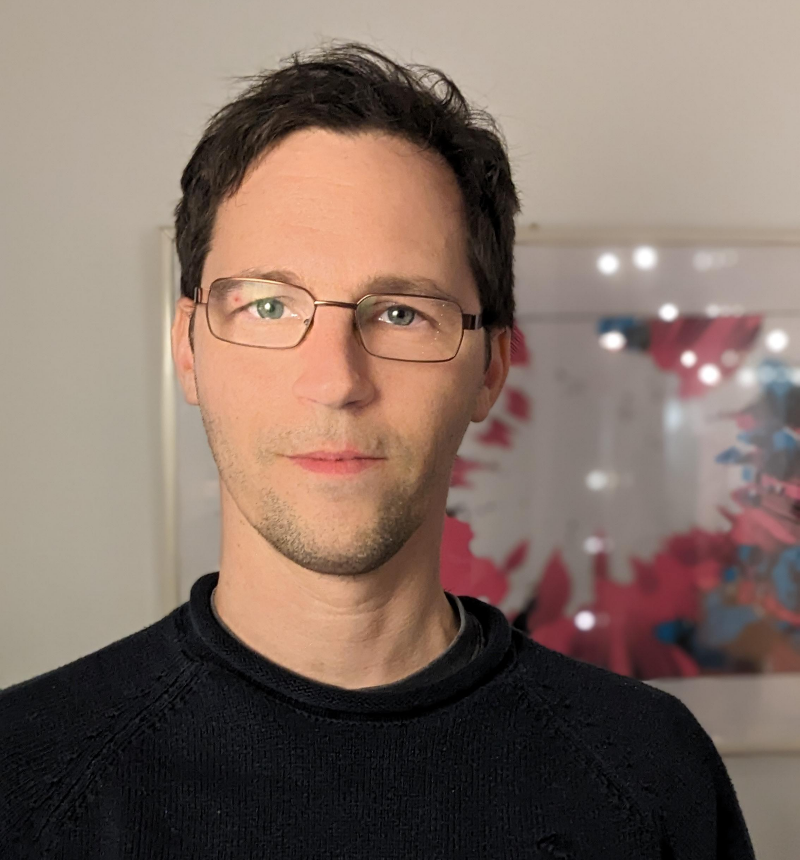
Fabian Natterer
Glückwunsch zur Beförderung zum ausserordentlichen Professor für Quantenmaterialien und Sensorik
- Bridge grant
- Johan Chang: New publication in Nature Physics
- First result from Superconducting Dark Matter Detector
- Quantum Century Ausstellung
- Solstice of Foundations
- Quantum Computing Summer School
- Launch of ACES
- Congratulations to Laura Baudis
- Breakthrough prize 2025
- Dark sirens singing about dark energy
- Gina Gibson: Artist-in-residence
- Guest Professor Nigel Glover
- Small But Mighty: TESSERACT Joins the Hunt for Dark Matter
- Guest Professor Matthias Neubert
- Fabian Natterer
